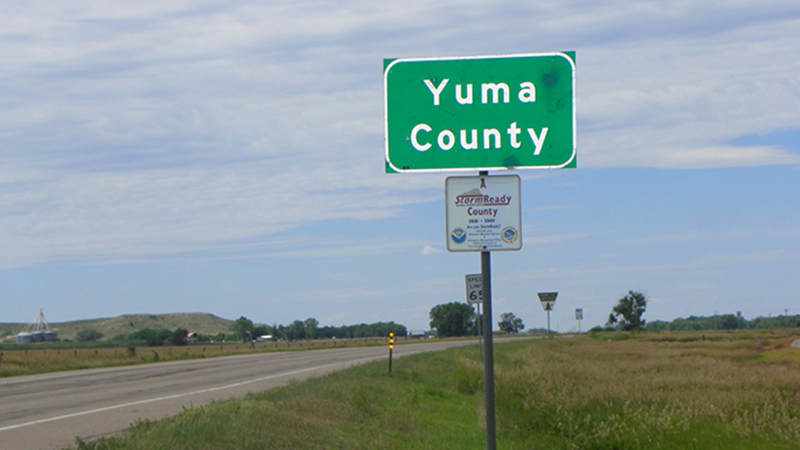
There’s plenty of room for all of us in Yuma County. Photo by J. Stephen Conn
There’s plenty of room for all of us in Yuma County. Photo by J. Stephen Conn
Poor kids growing up in Denver are less likely to escape poverty than children in most other places in the country.
That’s according to a new studyby Harvard economists Raj Chetty and Nathaniel Hendren—highlighted by today’s New York Times in a powerful interactive map—that tracked tax data from five million families who moved across U.S. counties over 17 years.
The economists found that kids who moved to better neighborhoods earlier in their childhood fared better than their siblings who moved when they were older. Their findings suggest that merely living in some places can be a barrier to climbing out of poverty.
Denver is one of those places. It’s the 129th worst county for income mobility among 2,478, putting it in the bottom 5 percent in the U.S.
If you’re poor, just growing up in Denver means you’ll make an average of $3,130 less than your peers nationwide—or around 12 percent—by the time you’re 26. Move a kid to Jefferson County for the course of a childhood, and his or her future income increases about $6,780 compared to a child who remains in Denver, and about $3,650, or 14 percent, more than the national average.
Denver is an outlier within Colorado when it comes to income mobility. The researchers didn’t have data for all counties in the state. But several of the counties that show up fare pretty well, including ones you might not expect.
Yuma County, a largely agricultural region on the far eastern stretch of the state bordering Kansas and Nebraska, offers poor kids Colorado’s best shot at improving their income. Poor kids make a whopping 28 percent more than the national average there when they’re 26. A child growing up in a poor family is better off in Yuma than in 99 percent of the counties studied.
Why? Here’s what the Times piece says:
“Across the country, the researchers found five factors associated with strong upward mobility: less segregation by income and race, lower levels of income inequality, better schools, lower rates of violent crime, and a larger share of two-parent households.”
The researchers also note that large populations of African Americans tend to correlate with lower rates of income mobility, amplifying the effects of racial inequality. Yuma County has just a few black residents. But it’s not homogeneous. Around 22 percent of residents there are Hispanic, according to 2013 Census estimates.
Yuma County also has fewer people living in extreme poverty or extreme wealth than either the country or the rest of the state, according to Census data; its roughly 10,000 residents cluster in the middle income range—supporting the idea that income equality promotes mobility.
Of course, the findings may not fully account for a geographic shift in Colorado’s economy over the last decade. Chetty and Hendren studied tax filings from 1996 to 2012, and their income estimates are based on kids who were born between 1980 and 1986.
Denver has been gentrifying, making it harder for lower-income residents to stay in the city at all, and pushing many of its African-American residents out to suburbs like Aurora. Does that make Denver better or worse than it once was for its poorest families? And what about its suburbs? The research by Chetty and Hendren doesn’t answer those questions.
What the work does show is that local efforts to take on segregation, income inequality and education are crucial to improving a child’s odds of success—in any community.
UPDATE: This post has been corrected to reflect that Yuma County is 22 percent Hispanic, not 97 percent white as originally written.